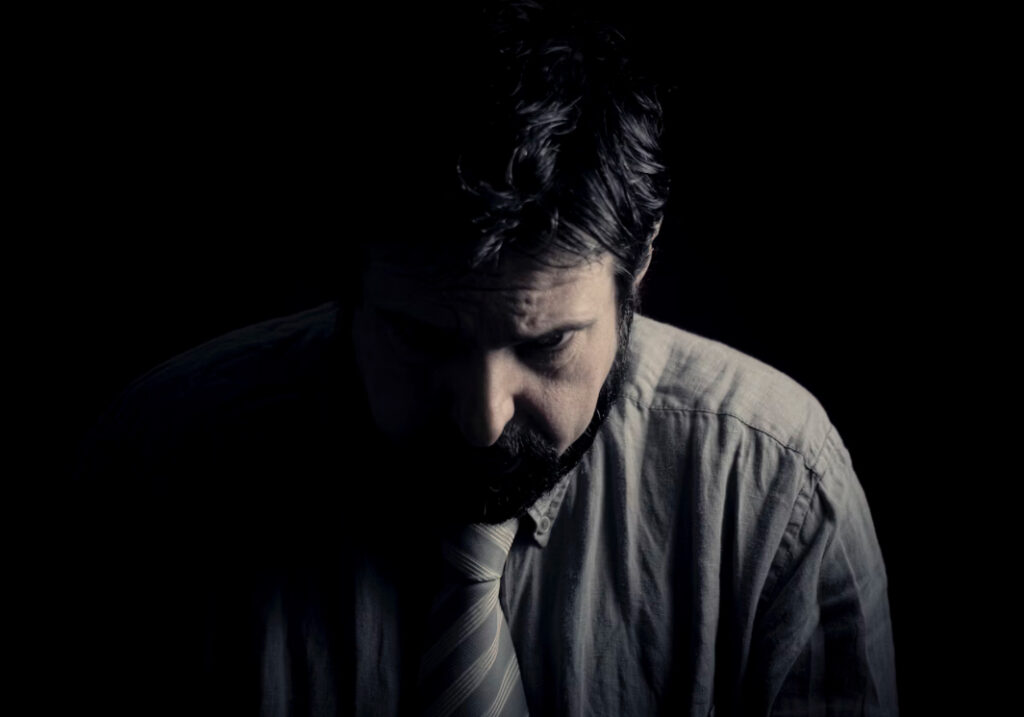There is a certain irony regarding planting churches and replanting churches in New York City.
On one hand, we see the need for our church planters and replanters to have their own buildings. Most churches in New York City share space with other churches, who end up paying a great deal of money for rent, and are limited on the times that they can meet.
On the other hand, when churches own or have full access to a church building, the building itself can become the focus of the mission. There is the need for constant attention to the building. It has be cleaned, maintained, and repaired. The building may cost more money to operate than a small congregation can afford. Given that reality, the church will often determine to rent out the building to another church.
As multiple churches share space, new dynamics emerge which complicate holding a worship service or gathering. In short, it does not take much to bring a church to lose sight of its mission.
Buildings can become the mission.
Raising money can become the mission.
Mission Teams can become the mission.
Absolutely anything can become the mission and focus of a church or church plant, and every pastor and church planter will deal with this issue on a regular basis. It takes absolute resolve and commitment for a church to recognize and realize that the primary mission of the church is to see people changed and transformed through Jesus.
Most churches would agree that seeing people come to know Jesus is the most important thing that a church should focus on doing. Most churches will even have a mission statement to reflect this as a priority or a reason for the church’s existence.
Yet, if we are not careful, the church can subtly shift priorities. I have been a part of meetings with various churches who were asked about non-negotiable priorities of their church.
Here’s a short list:
- Changing the name of the church
- Not changing the name of the church
- New Carpet
- New Paint
- New Bulletin.
It’s easy for churches to get short-sighted. That is why it is so essential that churches are lead by strong pastors and church planters who are not going to compromise the primary mission of seeing people changed and transformed through Jesus.
The first church that I served as full-time Student Pastor, was First Baptist Church of Panhandle, Texas. Panhandle, Texas is a town about 30 miles of northeast of Amarillo, with a population of around 2,500 people.
The church had burned to the ground in February of 1997. I arrived as the new Student Pastor in June of 1997. The beautiful church building with an incredible history and countless memories had been caught ablaze and was gone forever.
There was a mourning that took place concerning the loss of this building. There were many questions about the future and many questions about the cost. I was only 24 years old and had a lot to learn. I was incredibly blessed to be lead and mentored by Dr. Jim Perkins. I will never forget those years and his focus on the actual mission of the church.
The worship services were held at the elementary school. The children and choir met at the Junior High School. The student ministry met at the high school. Our offices were at the local bank.
There were inconveniences, shared space, the burden of setting up and tearing down, and the uncertainty about the future. But, there was no uncertainty about the mission. Brother Jim made sure of that.The church grew. Offerings increased. And, in one year, we baptized 49 people!
There are always going to be difficult circumstances and numerous distractions. Those are not going to automatically go away or dissipate. But, the mission of the Great Commission always exceeds every other priority and has to be the focus of the Pastor, Church Planter and church.
As soon as it stops being the focus and the priority, the church begins its downward spiral to irrelevance and death.
Published March 9, 2017




